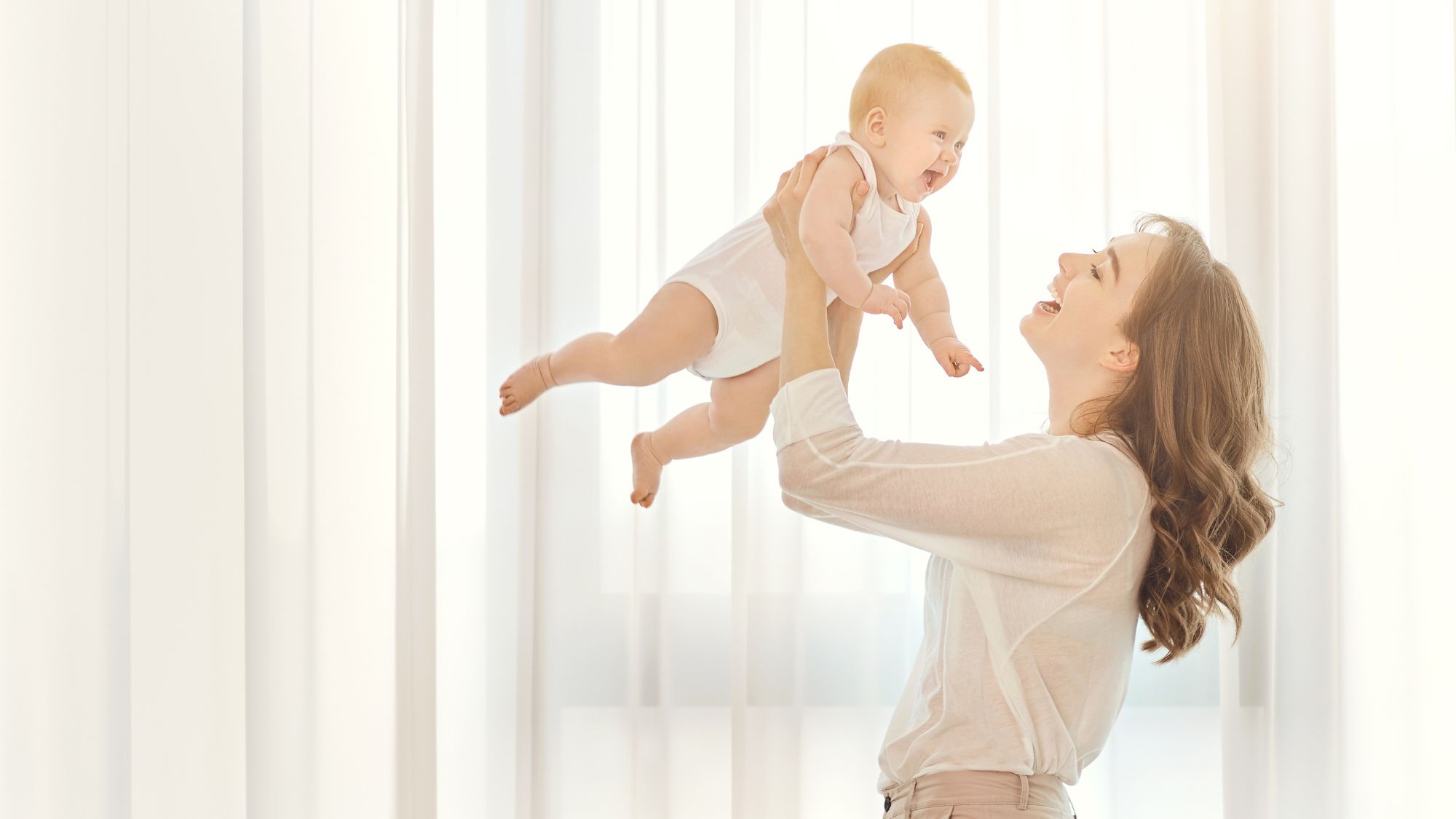Core Strength and Sacroiliac Joint Pain in Women

As women, we understand the significance of a strong core in maintaining a life free from pain. Pregnancy, with its profound impact on core strength due to the stretching of the abdominal wall and separation of the pelvis during delivery, underscores this need. This is true even for those who undergo Cesarean sections, as the procedure involves cutting through the abdominal wall.
It’s not uncommon for women to experience low back pain or sacroiliac joint pain during and after pregnancy. A robust core is not only crucial in preparing for the physical demands of pregnancy but also in aiding recovery postpartum.
Why a Strong Core Matters
Addressing core strength can be a daunting task, especially when considering the anatomical differences between women and men. Sacroiliac joint pain, often linked to core weakness or muscle imbalances, is a common issue among women. Accounting for about 15% of low back pain symptoms, this condition is frequently overlooked due to the small size and limited movement of the sacroiliac joint, leading to confusion about its role in severe low back pain.
The sacroiliac joint, connecting the pelvic bone (ilium) to the lowest part of the spine (sacrum), plays a pivotal role in our daily activities such as sitting, standing, and walking. These joints, one on each side of the body, act as shock absorbers and are surrounded by 35 muscles, including the glutes, hamstrings, hip flexors, and piriformis, all crucial for movement and stabilization of the pelvis and hips. Ligaments around these joints provide additional stability but become lax during pregnancy, increasing the strain on the sacroiliac joints.
Unfortunately, two-thirds of women who experience back pain during pregnancy continue to suffer up to a year postpartum. Factors increasing the risk of developing sacroiliac joint pain include leg length discrepancy, age-related changes, various forms of arthritis, spine surgery or pathology, and trauma. Women, particularly those who have been pregnant, are significantly more likely to experience this pain due to their wider hips, which lead to less stability.
How to Address Pain
Diagnosing sacroiliac joint pain typically involves an evaluation by a doctor or physical therapist, as diagnostic imaging is often unhelpful. Special tests can pinpoint whether the pain originates from the sacroiliac joint. Ignoring this pain can lead to chronic symptoms, so early treatment is crucial. Treatment options include exercises to mobilize or stabilize the joint, which can alleviate and even cure symptoms. Improving pelvic floor strength and muscle control is also beneficial for stabilizing the pelvis, hip, and spine.
To begin addressing these issues, understanding proper core activation is essential. This, coupled with maintaining good posture, can alleviate symptoms and prevent worsening. Both postpartum and otherwise, many of us suffer from core weakness and poor sitting habits, which contribute significantly to low back pain. Upright sitting, for example, reduces lumbar disc pressure and engages core muscles more effectively than slouched sitting.
Physical therapists play a key role in enhancing core strength and addressing specific impairments leading to pain. Focusing on the contraction of the transversus abdominis, a deep abdominal muscle, can increase sacroiliac joint stiffness and reduce ligament laxity, making it an excellent starting point in rehabilitation. A step-by-step program that isolates specific muscles, integrates limb movements and progresses to functional exercises can effectively address the root cause of symptoms and prevent recurrence.
Low back and sacroiliac joint pain are not inevitable for women, whether due to pregnancy or multiple childbirths. Learning to stabilize or mobilize the sacroiliac joint through targeted strengthening and stretching is essential for long-term health and avoiding recurrence of these issues.
References
- Berg, G et al. Low Back Pain during Pregnancy. Obstetrics and Gynecology. 1988; 71 (1): 71-75. Cohen, S et al. Sacroiliac joint pain: a comprehensive review of anatomy, diagnosis, and treatment. Anesthesia and Analgesia. 2005; 101: 1440-1453.
- Cusi, M. Paradigm for assessment and treatment of SIJ mechanical dysfunction. Journal of Bodywork and Movement Therapies. 2010; 1-10.
- Richardson, C et al. The relation between the transversus abdominus muscles, sacroiliac joint mechanics, and low back pain. Spine. 2002; 27 (4): 399-405.
- Stuge, B, Holm, I, Volestad, N. To treat or not to treat postpartum pelvic girdle pain with stabilization exercises. Manual Therapy. 2006; 11: 337-343.
Want to feel and move your best?
Treatment is covered by insurance, no referral is needed to start, and with flexible virtual and in-clinic appointments available, you can find a time that works with your schedule.
Click the button below to get started.
